Książka prezentuje przebieg nieinwazyjnych badań wykopaliskowych pozostałości starożytnego miasta Ptolemais w libijskiej Cyrenajce, jednego z największych przedsięwzięć archeologicznych w rejonie basenu Morza Śródziemnego, zrealizowanych dzięki pomocy finansowej Narodowego Centrum Nauki.
Przebadano ponad 150 hektarów ziemi. Podstawowymi metodami badań w terenie były pomiary z wykorzystaniem precesji w polu magnetycznym, a także odczyty gradiometryczne z wykorzystaniem transdukcji. Opracowano geofizyczne mapy ilustrujące pomiary, które powstały w celu zapewnienia jednolitej reprezentacji graficznej danych z różnych urządzeń pomiarowych.
Na dużym obszarze ziemi, ułożonej tarasowo, ze zróżnicowanym składem geologicznym, znaleziono tuż pod jej powierzchnią w południowej i centralnej części miasta Ptolemais liczne pokłady reliktów starożytnej architektury. Dzięki zaawansowanym pomiarom udało się sporządzić dokumentację fotogrametryczną, fotografię lotniczą i obrazy satelitarne oraz pomiary topograficzne (w tym trójwymiarowe profilowanie badanych powierzchni). Podczas wykopalisk odkryto nieznane fakty z historii miasta Ptolemais, na różnych jego etapach rozwoju, a także poszerzono wiedzę na temat roli Afryki Północnej na tle innych wielkich centrów starożytnej cywilizacji.
************
Non-invasive surveys carried out at Ptolemais are implementation of the concept adopted by Professor Tomasz Mikocki, who in the introduction to the published in 2006 Archaeological Tourist Guide wrote: "Having been offered a wonderful opportunity to conduct research on one of the most important archaeological sites in the word we have decided to carry out mainly non-invasive works (rather than traditional excavations) in order not to degrade the integrity of the ruined Ptolemais". With this in mind, Prof. Mikocki has set an ambitious program of non-invasive investigations being aware of the fact that the research carried out over a wide area require non-standard measures and prepare a new methodology for this type of work. His idea could be realized thanks to a grant program of the Polish National Center for Science, as an interdisciplinary project "Noninvasive mapping of the ancient remains of the city of Ptolemais in Libyan Cyrenaica."
The project, whose results are presented here as a successive volume of the Ptolemais in Cyrenaica series, is one of the largest such projects in the Mediterranean basin. More than 150 hectares of land was surveyed via non-invasive prospecting methods. On the basis of satellite images and aerial photography performed for the project, ortophotomaps were prepared for an area of 180 hectares. The maps were georeferenced and fed into the spatial information system for the site. Archival maps fed into the system were also georeferenced (including maps and topographical sketches made by nineteenth-century travellers), as was documentation produced in the course of twentiethcentury excavations by various expeditions researching the site. The resulting digital database allows for a more detailed documentation of archaeological remains visible on the surface.
The basic methods of field measurements were magnetic measurements performed with a proton precession magnetometer and a caesium vapour magnetometer, as well as gradiometric readings using transductors. The geophysical maps illustrating the measurements were developed to offer a uniform graphic representation of the data from different measuring devices. Filters and transformations used in commercial software for graphic presentation of geophysical measurement results were used in addition to algorithms developed specifically to allow for a filtering out of defects resulting from the varied topography. This proved particularly difficult in the case of Ptolemais - a site spread out on terraces over a large area and with mutable lay of the land, as well as varied geological composition, with rock straight under the surface in the south of the city and numerous layers of relics of ancient architecture in the central part.
An important methodological achievement was to develop the rules of integrating the data gained not just through geophysical measurements, but also photogrammetric documentation, aerial photography and satellite images, topographic measurements (including three-dimensional profiling of the surface areas surveyed). In addition to these, significant progress was also made in studying history of the city at different stages of its development, as well as the role of North Africa against the background of the other centres of ancient civilisation. This allowed for a verification of the existing hypotheses about the history of Ptolemais and setting new directions for future research on this important centre - one of the capital cities of the ancient world.

 opcje wysyłki »
opcje wysyłki »


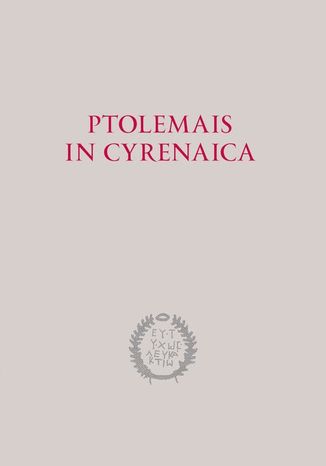
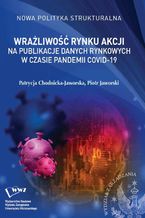




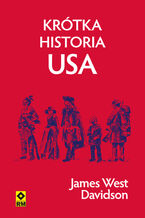


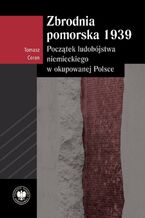
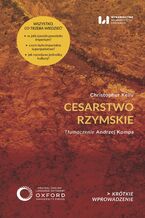










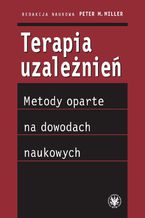

![Okładka - B. Bolesławita [Józef Ignacy Kraszewski], Rachunki. Wybór z lat 1866-1869 - Dawid Maria Osiński, Inesa Szulska](https://static01.helion.com.pl/global/okladki/145x218/e_4iic.jpg)
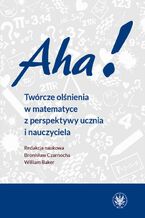


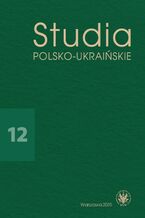
Oceny i opinie klientów: Ptolemais in Cyrenaica Piotr Jaworski, Krzysztof Misiewicz
(0)